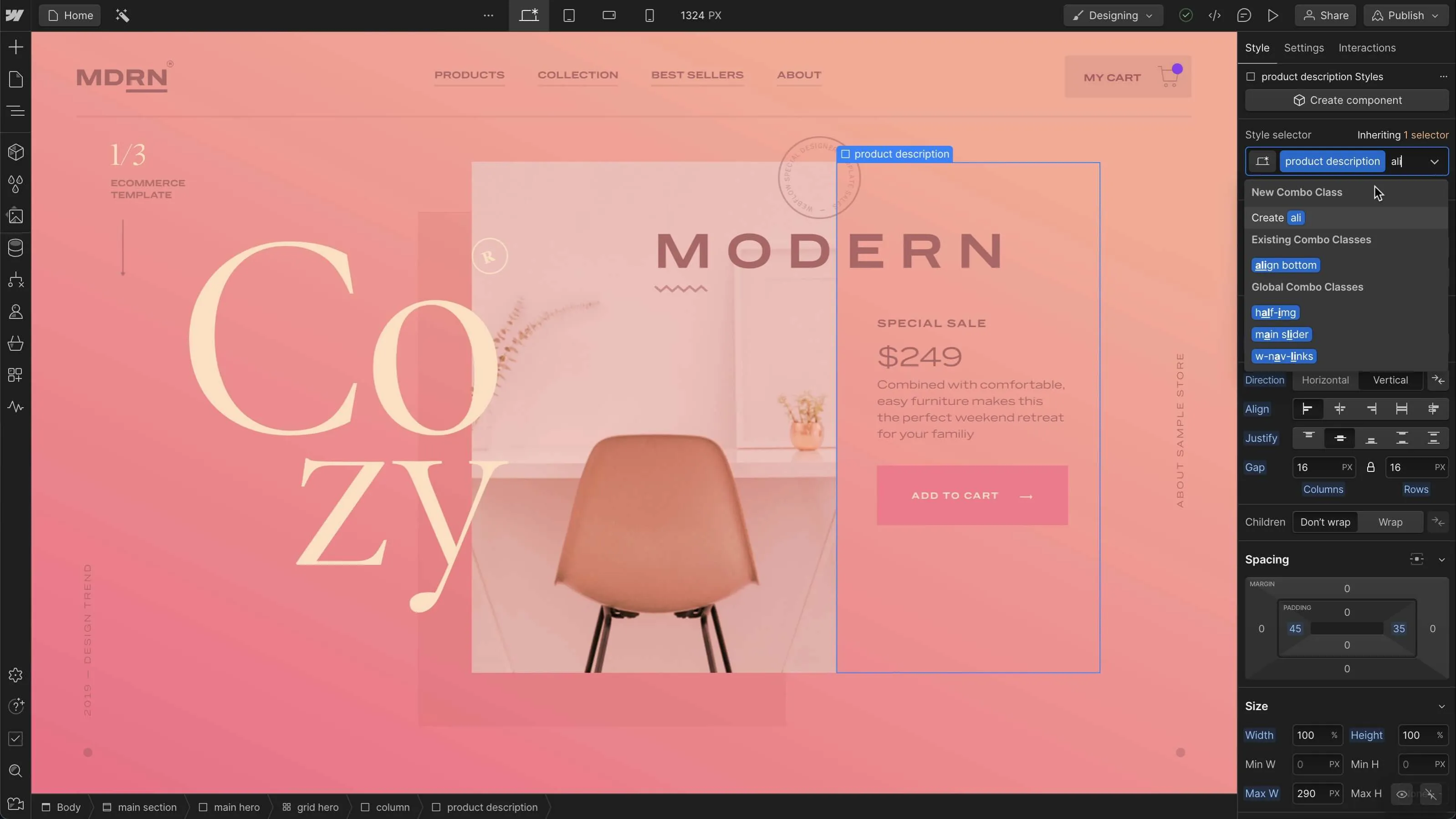Integrating Search Engine Optimization Best Practices Into Your Web Site Design for Improved Exposure
In today's digital landscape, integrating Search engine optimization ideal methods into your web site design is no longer optional however a requirement for accomplishing boosted visibility and customer engagement. Recognizing this connection can be the trick to unlocking your internet site's complete possibility.
Search Phrase Optimization Methods
Understanding keyword optimization is a crucial facet of efficient site layout for Search engine optimization. The process starts with comprehensive keyword research study to recognize appropriate terms that straighten with user intent and market patterns.
As soon as identified, these search phrases need to be flawlessly incorporated right into various on-page components. This includes meta titles, descriptions, headers, and throughout the body web content, making certain the integration really feels natural instead of required. In addition, enhancing photo alt messages and URLs with keywords can additionally enhance search engine indexing. It is essential, nonetheless, to avoid keyword padding, which can cause fines from online search engine and a bad customer experience.
One more critical element is making use of long-tail keyword phrases, which are more certain and less competitive, typically resulting in higher conversion prices. By focusing on these particular niche expressions, websites can bring in extra professional website traffic. Fundamentally, efficient search phrase optimization needs a well balanced strategy, focusing on user intent and internet search engine standards.
Enhancing Mobile Responsiveness
A critical element of contemporary internet site layout for search engine optimization is improving mobile responsiveness. With an increasing variety of users accessing web sites via smart phones, ensuring that your website adapts perfectly throughout various screen sizes is paramount. Mobile responsiveness not only boosts customer experience but also significantly affects search engine positions. Online search engine focus on mobile-friendly internet sites, making it vital to develop a website that works properly on both tablet computers and mobile phones.
To attain optimum mobile responsiveness, think about applying a receptive web design (RWD) method. This strategy includes utilizing adaptable grids, designs, and photos, ensuring that content automatically adapts to various display dimensions. Additionally, employing CSS media inquiries can aid customize designs for different devices, boosting the overall visual presentation.
One more critical element is simplifying navigating for mobile users. Touch-friendly components and streamlined menus make it much easier for customers to engage with the site, decreasing bounce rates and raising involvement. Focusing on web content by displaying the most relevant details plainly assists individuals in rapidly accessing what they look for.
Speeding Up Up Tons Times

To optimize tons times, take into consideration minimizing HTTP requests by integrating try this website data such as CSS and JavaScript. Minimizing the size of pictures without sacrificing quality is one more efficient method; tools like ImageOptim or TinyPNG can be indispensable for this purpose. Additionally, leveraging internet browser caching can substantially enhance load speeds by storing parts of your site in customers' internet browsers, decreasing the need for repeated downloads.
Implementing a material distribution network (CDN) can likewise improve efficiency by dispersing your site's web content across several areas globally, guaranteeing faster accessibility for customers despite their geographical place. Ultimately, minimizing using redirects and enabling compression with tools like Gzip can further improve your web site's performance. By focusing on load times, businesses can boost individual experience, boost search positions, and ultimately drive greater involvement.
Designing Instinctive Navigating

Instinctive navigating starts with simpleness and consistency. A clear, ordered structure allows individuals to comprehend the website's format instantly. Use descriptive labels for menu things, guaranteeing they show the content properly. Stay clear of jargon or ambiguous terms that could puzzle visitors. Carrying out breadcrumb tracks can even more aid in navigation, supplying customers a visual path of their journey within the site.
In addition, incorporating a search bar provides a direct path for users to find details content swiftly. By focusing on user-friendly navigation, web sites can improve engagement, decrease bounce rates, and boost total SEO efficiency.
Utilizing Structured Data Markup
Organized data markup is an important device for boosting a website's search engine read review optimization by providing internet search engine with comprehensive info regarding the website's web content. By applying organized data, webmasters can help online search engine comprehend the context of the content, leading to even more accurate indexing and possibly enhanced visibility in search outcomes. This markup, generally in the kind of JSON-LD, Microdata, or RDFa, makes it possible for the development of rich fragments, which can include added information such as testimonials, scores, occasions, and a lot more.
Incorporating organized data right into your site design is critical for accomplishing an affordable edge in search engine results web pages (SERPs) Online search engine like Google use organized data to existing search results in even more appealing layouts, such as understanding panels, slide carousels, and improved listings. This not just attracts more clicks but also enhances the total user experience by delivering a lot more pertinent information upfront.
Furthermore, structured data is a crucial component in voice search optimization, as voice aides depend on specific information to provide precise reactions. Executing structured data markup need to be a concern from the design phase to guarantee smooth assimilation and maximize its benefits. Sticking to schema.org standards is suggested to maintain consistency and compatibility throughout systems.
Conclusion
Integrating Search engine optimization ideal techniques right into internet site layout considerably boosts exposure and customer involvement. By purposefully maximizing keywords, ensuring mobile responsiveness, boosting tons times, making instinctive navigating, and making use of structured information markup, websites can attain greater search engine positions and enhanced user experiences.

While maximizing tons times is important for improving customer experience and search rankings, designing instinctive navigation is equally important in guaranteeing individuals can quickly gain access to and engage with internet site web content - Website Design. By strategically optimizing key words, making sure mobile responsiveness, boosting load times, designing user-friendly navigation, and using structured information markup, internet sites can accomplish higher search engine rankings and boosted customer experiences